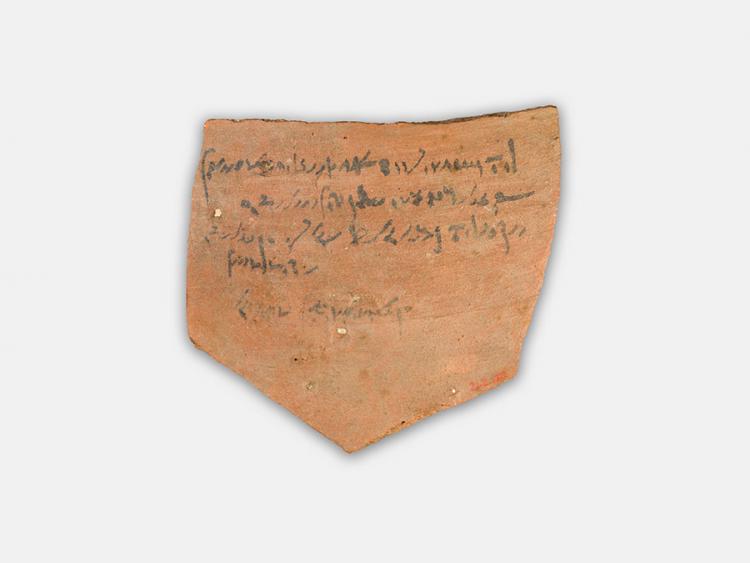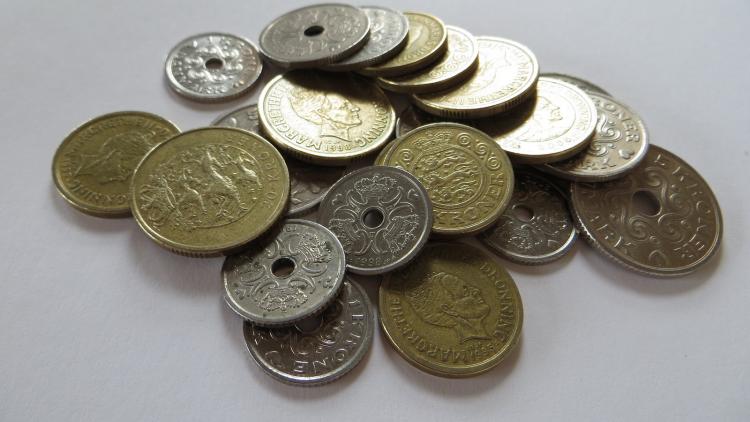3,000 – 2,500 BC: First data showing evidence of taxation, by pharaohs in Egypt.
600 – 300 BC: Most premodern societies struggle to collect taxes, but Greek city states successfully tax wealthy citizens, merchant guilds and goods traveling through their ports.

Qin Shi Huang, first leader of the Qin Dynasty.
CREDIT: JESSEW900/WIKIMEDIA COMMONS
221 – 206 BC: As the power of China’s aristocracy weakens due to warfare, the Qin Dynasty develops a sophisticated bureaucracy, based on merit. Tax collection improves as a result. Europeans will emulate the Chinese bureaucracy nearly 2,000 years later.

Tax receipt on pottery, Egypt, 174 B.C.
CREDIT: METROPOLITAN MUSEUM OF ART
Middle Ages – Early Modern period: Most states collect no more than 5 percent of GDP in taxes, hampered by class tensions, limited administrative capacity and an inability to enforce collection. Feudal kings, who need the support of aristocrats to retain power, spare nobility from heavy taxation and collect, instead, from poor peasants who need protection from the crown.

French philosopher Voltaire.
CREDIT: H. ROUSSEAU, E. THOMAS/WIKIMEDIA COMMONS
18th century: French philosopher Voltaire and other Western thinkers take admiring notice of Chinese administrative practices, and Europeans slowly implement advances that allow them to collect greater tax revenues. As in China, these occur after wars have weakened entrenched elites, sweeping in periods of reform.
1798 – 1802: To help pay for the Napoleonic Wars, Britain implements an income tax on wealthier citizens.
1842: Britain’s income tax is made permanent.

Down the centuries, satirists view taxes unkindly.
CREDIT: "ENGLAND UNDER THE HOUSE OF HANOVER," BY THOMAS WRIGHT, 1868/BRITISH LIBRARY
19th – early 20th century: Democracy expands throughout the world, along with demand for state spending on welfare programs and wars. By and large, citizens accept taxation as legitimate. Tax revenues rise rapidly, averaging around 9 percent of GDP in Organization for Economic Cooperation and Development (OECD) countries by 1900, and 20 percent by 1950.
1920: Most developed European countries have introduced income taxes.

Danish Coins.
CREDIT: HOWARD LAKE/FLICKR
2000: Tax revenues peak in developed nations, reaching as high as 45 percent of GDP (in Denmark), as opposition to taxation takes hold among disenchanted citizens, who question the value of many types of state spending.
Today: Countries’ tax revenues have increased slightly since 2010, but remain lower than in 2000.




